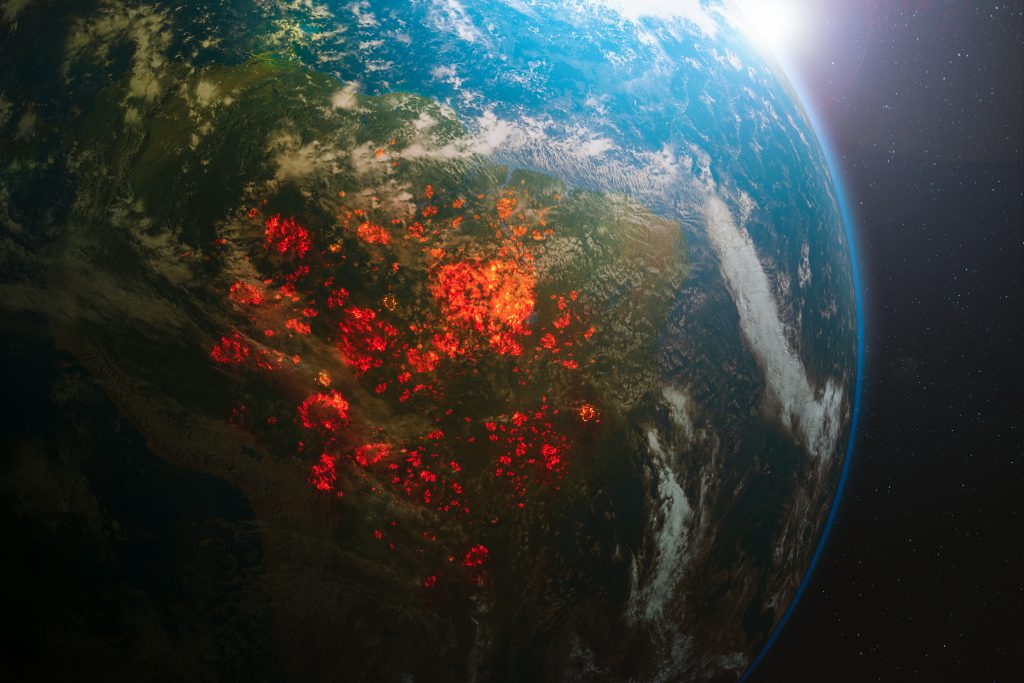All children are entitled to fundamental rights ensuring protection from harm, including abuse, exploitation, neglect and other threats to physical and mental well-being. Despite this, conflict, humanitarian crises and individual harmful acts continue to undermine children’s right to protection.
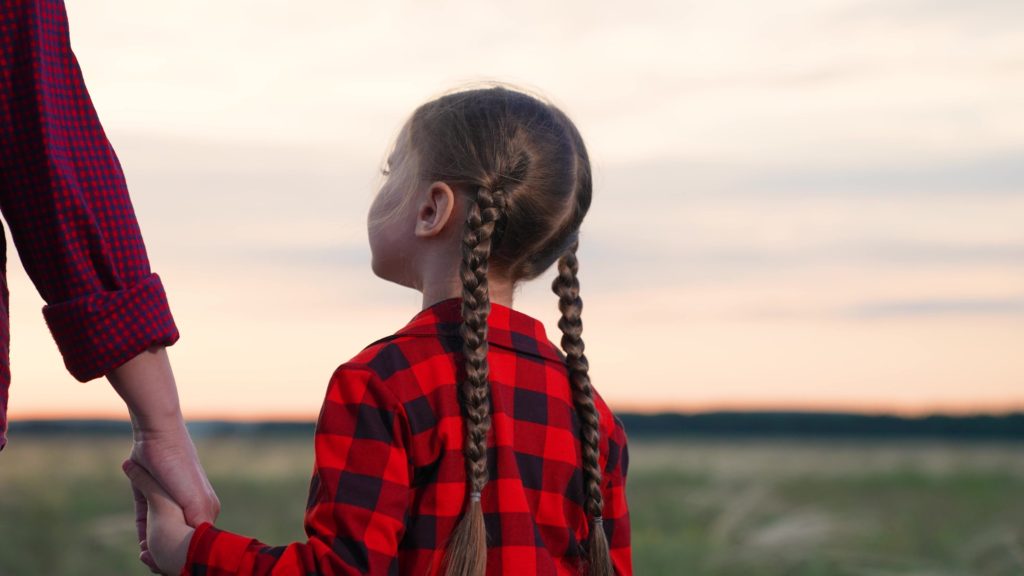
Understanding children’s right to protection
Due to their inherent vulnerability, children require special protection to ensure a healthy and safe development. This right is codified across various key international instruments and subsumes further fundamental rights afforded to children.
Primarily, Article 19 of the United Nations Convention on the Rights of the Child (UNCRC) provides for the protection of children from ‘all forms of violence, abuse and exploitation’. Under this section of the Convention, States are required to adopt measures to identify, prevent and protect children from maltreatment, including obligations to ensure criminal justice systems are able to punish malpractice and remedy harm (UNCRC, 1989).
The best interest principle
The implementation of the right to protection is guided by the best interest principle. Article 3(1) UNCRC stipulates that “in all actions concerning children, whether undertaken by public of private social welfare institutions, courts of law, administrative authorities or legislative bodies, the best interest of the child shall be a primary consideration” (UNCRC, 1989). This principle ensures the paramount importance of children’s welfare in all decision-making processes. The key elements of the best interest principle are as follows:
- Primary consideration – children’s interests must take precedence in all decision-making processes.
- Holistic assessment – decisions should be informed by a comprehensive understanding of children’s circumstances.
- Flexibility and case-by-case analysis – responses should be tailored to individual children’s needs.
- Legal and procedural obligations – States must ensure cohesive and formal processes to assess and determine a child’s best interest.
Violations of children’s right to protection
Children’s right to protection is infringed by a broad range of actions and inactions. Since 2005, over 315,000 children have experienced grave violations of their right to protection (UNICEF, 2023). These statistics, though staggering, represent only a fraction of the ways children’s rights are infringed, underscoring the scale of the challenge.
Research from the United Nations International Children’s Emergency Fund (UNICEF) identified over 32,000 grave violations of children’s right to protection in conflict settings and areas suffering humanitarian crises in 2022, affecting over 22,000 children (UNICEF, 2023). These forms of harm can broadly be grouped into two categories: exploitation, and harm and abuse.
Protection from harm and abuse
Children face the risk of exploitation at the hands of malicious actors seeking to manipulate them for their benefit. Exploitation can be physical, emotional, sexual or include a combination of all three. The main forms of exploitation include:
- Female genital mutilation/cutting (FGM/C), which involves the forced removal of part or all of young girls’ genitalia.
- Child marriage, which involves the formal union between a child under the age of 18 to either an adult or another child.
- Child trafficking, during which children and forcibly or deceptively relocated, typically to fulfill other purposes.
- Child labor, which involves the unlawful employment of children.
- Child sexual exploitation, during which a person willingly forces a child to engage in sexual activity and/or uses or solicits explicit content for their benefit.
- Trafficking illegal or prohibited items, which involves the use of children in illicit trafficking supply chains to facilitate crime.
Protection from abuse and neglect
Children are also at risk of harm when faced with abuse or negligence by others. Forms of abuse and neglect can be physical or emotional and can take place in an array of settings from children’s everyday home environments to conflict zones and humanitarian crises.
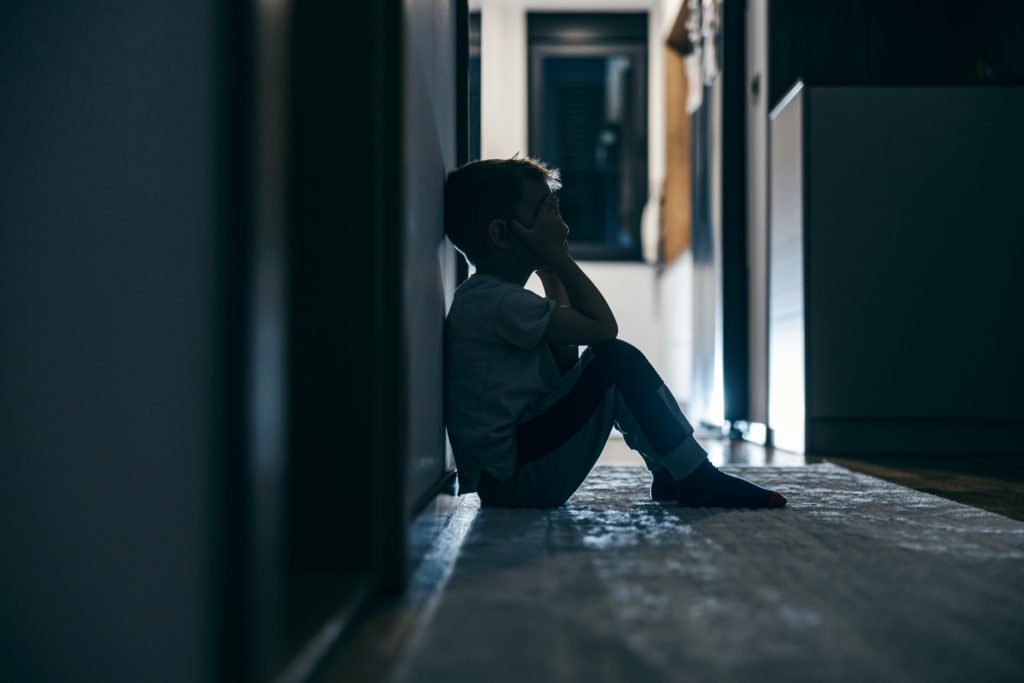
Common forms of abuse include:
- Emotional abuse, also commonly known as psychological abuse, involves trying to humiliate, isolate, mistreat, blame or scare a child.
- Bullying, involves intentionally hurting someone else. This can include name calling, hitting, threatening or undermining someone. Bullying can take place in any location such as the home, school or online, and usually happens over a prolonged period.
- Sexual abuse, involves an abuser intentionally forcing or manipulating a child into performing sexual acts.
- Online abuse, involves a form of abuse that takes place over the internet, across mobile phones, computers or tablets. This form of abuse can take place on social media platforms, online gaming, emails, text messaging applications or live-steam websites.
- Physical abuse, involves the act of intentionally causing physical harm to a child through hitting, punching, kicking, poisoning, burning or biting.
- Exploitation
Any child can face harmful abuse or neglect, however, there are specific environments and contexts which predispose children to a greater level of risk:
Children in conflict situations
The occurrence of war, civil unrest, armed conflict and widespread violence can increase the likelihood of child abuse and neglect. Conflict creates direct physical risks for children, but also creates parallel risks tied to instability. Children can be forced to participate in conflicts as soldiers or other agents of violence and disruption. They also face a greater risk of abuse at the hands of perpetrators in times when States have limited capacity to prioritize issues away from the ongoing unrest (UNICEF, n,d).
For similar reasons, neglect is also prevalent in conflict settings, with families and carers having their attention drawn away from their child-caring responsibilities. Article 38 UNCRC responds to these risks by mandating special safeguarding protections for children in conflict settings (UNCRC, 1989).
Children in humanitarian crises
Climatic changes, natural disasters, conflict and other large-scale societal disruptions often push children towards vulnerable contexts. These settings often lack a reliable supply of basic necessities, increasing the risk of child neglect in the form of malnutrition, inadequate health and sanitation, and mental health. Areas of humanitarian crises also frequently suffer from improper regulation, creating pathways for abuse and exploitation (UNICEF, n,d).
Refugee camps, for instance, can become breeding grounds for criminal networks seeking to exploit vulnerable children for profit. In these environments, children are often neglected and abused as a by-product of broader chaos. Article 22 of UNCRC guards against these risks (UNCRC, 1989).
Children in alternative care arrangements
Children in alternative care are often isolated or separated from their families and local communities. This separation can lead to neglect and cause an array of negative physical and emotional effects. The standard of care within alternative care arrangements is also dependent on the quality of national infrastructure and mechanisms. This leads to inconsistencies, creating the risk that children are abused or neglected, away from their home environment (UNICEF, 2021).
Children in minority groups
Minority and Indigenous children face a greater risk of abuse and neglect owing to their difference from the majority of the population. Children can be deemed minorities based on their cultural, ethnic, or religious background, as well as other personal characteristics such as sexual orientation, disability and socioeconomic status. Minority and Indigenous children face a greater risk of discrimination at the hands of both individuals and national systems which work to their disadvantage (UNHCR & UNICEF, 2017).
State responsibility
The state plays a fundamental role in ensuring children are protected through laws, policies, processes and the availability of adequate services. These responsibilities are guided by national laws and international conventions that involve preventative, protective and remedial actions.
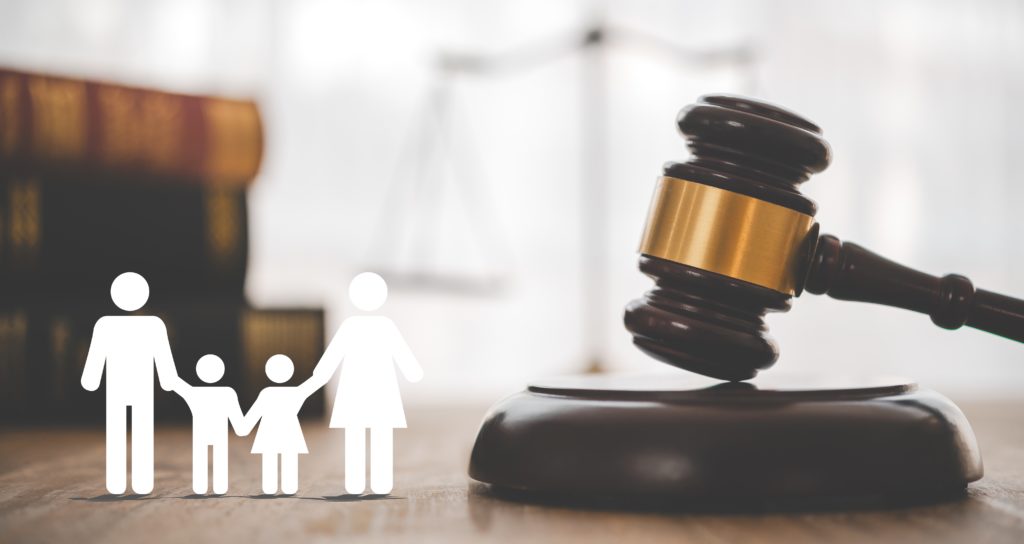
At the core of these requirements is the international obligation that states take all appropriate measures to protect children (United Nations Committee on the Rights of the Child, 2011). The Committee on the Rights of the Child has defined a series of measures states must act on to guarantee the full protection of children’s rights “through legislation, the establishment of coordinating and monitoring bodies – governmental and independent, comprehensive data collection, awareness-raising and training and the development and implementation of appropriate policies, services and programmes” (United Nations Committee on the Rights of the Child, 2011).
The key roles of the state in child protection can be broken down into seven categories, which collectively ensure a holistic response to child protection challenges (Bajramović & Bubić, 2018).
Legislative framework
States must implement and enforce laws and policies that comprehensively protect children from harm. These should be implemented in accordance with Article 4 UNCRC and must:
- Remain flexible and adaptable to changing local contexts and developments in international children’s rights best practice
- Be aligned to the basic ethos underpinning the UNCRC, such as the best interest principle
- Allow for the establishment of efficient and child-accessible procedures to prevent laws from becoming discriminatory and enable functioning complaint and reporting mechanisms
Child protection system
Following the drafting and implementation of child protection legislation, states must ensure a functioning system is created which prioritizes the child’s best interest – including by considering personal characteristics including age, maturity, stage of development, gender, and sociocultural background.
These factors should be woven into the drafting of legislation and establishment of child protection mechanisms and should also be considered in decision-making processes. Child protection systems must be accessible and easy to understand, eliminating barriers to access.
Preventative measures
Child protection mechanisms must be proactive as well as reactive. To realize this ambition, states must put in place measures to mitigate potential future child protection risks, these could include:
- Ensuring all national births are registered and a paper trail of identity documents created, to ensure children can access social services and have their development monitored, as well as maintain familial and community links.
- Disseminating information on child protection violations, including the consequences of harming children and remedial services available to those who have been harmed. Public information campaigns of this kind can deter offenders and empower children and their carers to resist exploitative practices.
- Investing in local communities to foster a culture of child protection outside of formal laws and mechanisms.
Providing services and support
Child protective services should be established to ensure children have their basic needs met and are also presented with avenues to escape dangerous environments. The former could include healthcare and social welfare protections, designed to ensure all children are able to maintain an adequate standard of living. Beyond this, states should put in place alternative care systems – such as alternative care and adoption pathways – to protect children who are unsafe within their communities.
Monitoring and oversight
To ensure child protection laws and systems remain effective, states must routinely review their policies. Reviews should include a continuous analysis of compliance and alignment with international guidelines and assess the functioning of local policies based on reliable complaints and reporting mechanisms.
Responding to violations
Functioning child protection systems must be able to respond promptly to violations of children’s rights, including by swiftly moving to protect those who have been harmed and by implementing sanctions for offenders. Responses must be bespoke to each individual child protection cases, avoiding blanket rulings and discriminatory judgments.
Access to information
States should share data on the availability of child protection services, the efficacy of existing measures and trends defining some of the most pressing threats to children.
Ensuring access to justice: A critical barrier to child protection
One of the most significant barriers to realizing effective child protection mechanisms is ensuring that all children have access to justice. While the existence of child protection laws and mechanisms is essential, they do not guarantee effective protection if the criminal justice system suffers from inherent weaknesses. To address this gap, some states respond to this need by developing and implementing dedicated national strategies to strengthen child protection frameworks (UNODC, 2019).
Effective access to justice requires children and their carers to identify and realize equitable outcomes once a child’s rights have been infringed upon. A functioning justice system must therefore allow children to be heard in all procedures and guarantee a fair trial (and associated procedures) free from discrimination.
Fairness should be extended to all processes as part of the criminal justice chain, from administrative work and contact with first responders to court processes and alternative dispute mechanisms. These systems will also consider children’s personal characteristics, considering age and developmental capacity in particular (UNICEF, 2021).
Global challenges in criminal justice systems
Across the world, criminal justice systems face numerous challenges that hinder their ability to protect children effectively. Across Europe and Central Asia, there remains a lack of specialized criminal justice actors – lawyers, prosecutors and judges – in positions to deliver fair rulings on child protection issues. This challenge is exacerbated for minority children, those who have bespoke behavioral needs, children in disadvantaged educational or socioeconomic positions, and children in conflict with the law, among others (UNICEF, 2024).
Weaknesses across global criminal justice systems also give rise to several recurring challenges. Adolescent boys are more likely to be placed in juvenile detention facilities or encounter the law, even when facing similar issues as girls. By contrast, criminal justice systems largely offer fewer adequate services for children: female police officers remain scarce, globally, as do services designed for adolescent girls.
More broadly, a global culture of incarceration means children are too often arrested or detained when they come into contact with the criminal justice system, creating further pathways for child abuse, exploitation and neglect within the system when children are separated from their communities and totally reliant on law enforcement officers for the protection of their rights (UNICEF, 2024).
Strengthening the justice chain
Effective criminal justice systems require strong linkages between the different arms of the justice chain. For instance, strong legislation is undermined if law enforcement officers and prosecutorial bodies do not understand or take seriously the relevant offences against children. States must therefore provide training to officials working on child protection issues and review the effectiveness of those bodies working to investigate, prosecute, convict and rehabilitate offenders (UNODC, 2019).
In the context of violence against children, the United Nations Model Strategies and Practical Measures on the Elimination of Violence Against Children in the Field of Crime Prevention and Criminal Justice (Economic and Social Council Resolution 2014/18) adopted by the General Assembly in 2014, presents three guiding pillars for how criminal justice systems can effectively combat violence against children (UNODC, 2019):
- Taking a broad approach to prevention strategies, noting the need to combat cultural beliefs, practices and stigmas enabling the continued abuse and exploitation of children
- Ensure proactive investigation and prosecution of child abuse and exploitation, including proactive creation of legislation to respond to novel issues. Recently, this has involved the need to proactively legislate for and train officials on the novel forms of online abuse and exploitation
- Monitor and respond to all forms of abuse suffered by children once they come into contact with the justice system, to ensure states themselves are not complicit in enabling harmful practices.
Beyond these guidelines, UNICEF research indicates successful criminal justice systems are those which place great emphasis on prevention, diversion and child-friendly legal procedures as part of the response to child abuse. These systems look to steer children away from the criminal justice system, so far as is possible, to keep children in their communities and around criminal justice professionals who have received specific training on dealing with child cases (UNICEF, 2024).
Key documents and international legal instruments
There are various international legal instruments that recognize, respond and collectively ensure protection of children globally, requiring the government to establish legislative, administrative and practical measures to uphold children’s rights to protection.
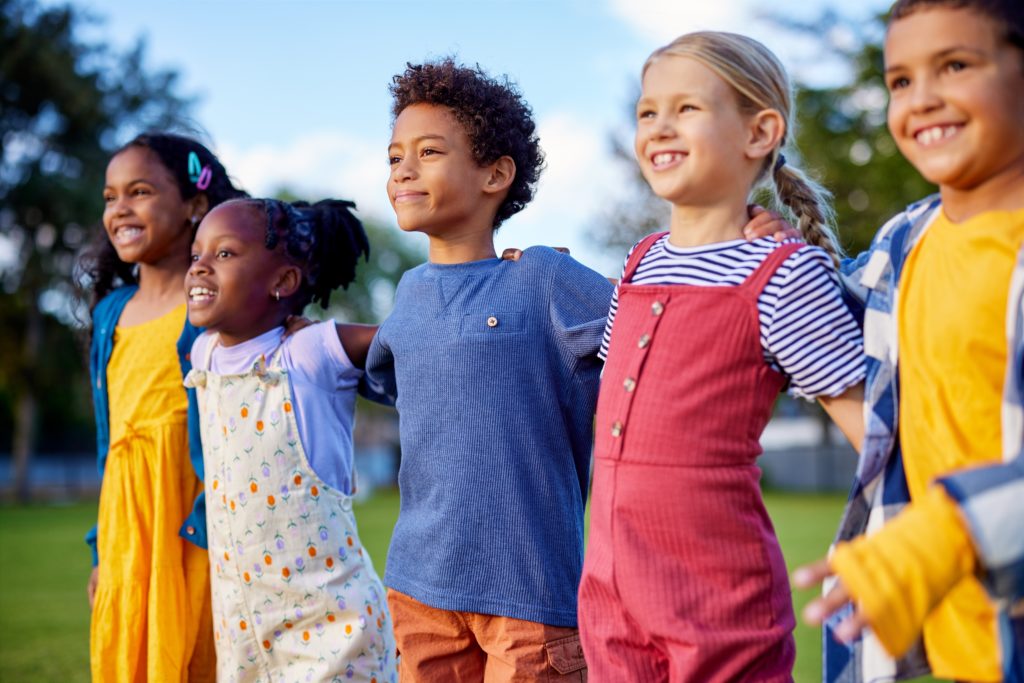
In particular:
- United Nations Convention on the Rights of the Child
- African Charter on the Rights and Welfare of the Child
- United Nations Optional Protocol on the Sale of Children, Child Prostitution and Child Pornography
- United Nations Optional Protocol on the Involvements of Children in Armed Conflict
- United Nations Optional Protocol on a Communications Procedure for Reporting Violations
- Universal Declaration of Human Rights
- International Covenant on Civil and Political Rights
- International Covenant on Economic, Social and Cultural Rights
- ILO Convention No. 182 (concerning the prohibition and immediate action for the elimination of the worst forms of child labor) Recommendation No. 190
- ILO Convention No. 138 (on the minimum age for admission to employment) Recommendation No. 146
- European Convention on Human Rights
- Council of Europe Convention on the Protection of Children against Sexual Exploitation and Sexual Abuse
Written by Vanessa Cezarita Cordeiro
Internally proofread by Aditi Partha
Last updated on 19 December 2024
References:
Bajramović, M., & Bubić, S. (2018, June). “Guidelines on the assessment and determination of the best interests of the child, guidelines for professionals.” Retrieved from UNICEF, accessed on 3 December 2024.
Office of the Special Representative of the Secretary-General on Violence Against Children. (2022, December). “Seeing the sustainable development goals and voluntary national reviews through a child protection lens.” Retrieved from OSRSG/VAC, accessed on 2 December 2024.
UNICEF., UNHCR. (2017). “Minority children & statelessness.” Retrieved from UNICEF and UNHCR, accessed on 4 December 2024.
UNICEF. (n,d). “Protecting children in humanitarian action.” Retrieved from UNICEF, accessed on 4 December 2024.
UNICEF. (n,d). “Children under attack.” Retrieved from UNICEF, accessed on 4 December 2024.
UNICEF. (2021, November). “Reimagine justice for children.” Retrieved from UNICEF, accessed on 2 November 2024.
UNICEF. (2021, 14 June). “Children in alternative care.” Retrieved from UNICEF, accessed on 4 December 2024.
UNICEF. (2023, June 4). “More than 300,000 grave violations against children in conflict verified worldwide in past 18 years.” Retrieved from UNICEF, accessed on 4 December 2024.
UNICEF. (2023). “Global annual results report, goal area 3 protection from violence and exploitation.” Retrieved from UNICEF, accessed on 1 December 2024.
UNICEF. (2024, October). “In focus: access to justice for children helping children and families hold those who violate their rights to account.” Retrieved from UNICEF, accessed on 2 December 2024.
UNICEF. (2024). “The state of the world’s children 2024, the future of childhood in a changing world.” Retrieved from UNICEF, accessed on 1 December 2024.
United Nations Committee on the Rights of the Child, (2011, April 11). “General Comment No. 13, The Right of the Child to Freedom from all Forms of Violence.” CRC/C/GC/13. Retrieved from United Nations Committee on the Rights of the Child, accessed on 4 December 2024.
United Nations General Assembly. (2020, January 3). “Realizing the rights of the child through a healthy environment.” A/HRC/43/30. Retrieved from United Nations High Commissioner for Human Rights, accessed on 2 December 2024.
United Nations Office on Drugs and Crime. (2019). “Violence against children.” Retrieved from UNODC University Module Series Crime Prevention and Criminal Justice, accessed on 1 December 2024.

